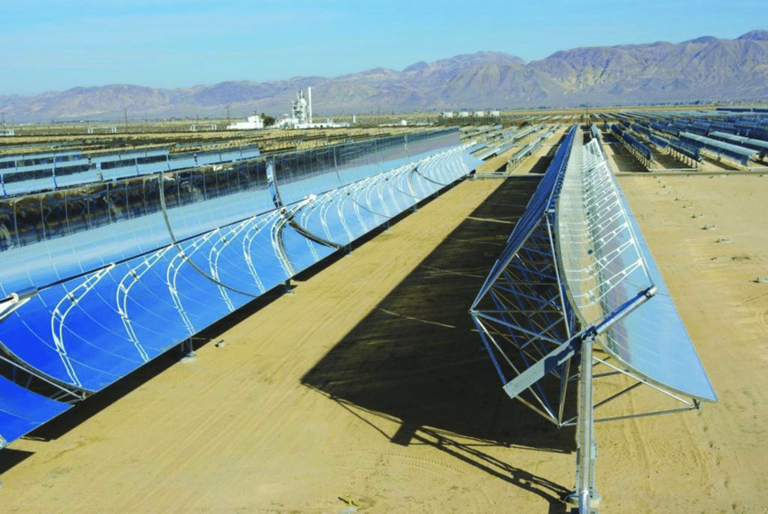Third Time’s the Charm | Solar Is The Answer | By Arnold Leitner, CEO
When I launched YouSolar a decade ago in the “Dark Ages of Solar”, defined as the two or three years after the collapse of the solar technology company Solyndra in 2011, I gave an elevator pitch to a venture capitalist. I do not think he listened to anything I said while he studied my business card. But after I was done, he looked up and said: “No one will invest in a company with the word ‘solar’ in its name.” My response was that that was crazy because solar energy will be the single most important energy source in this century.
Fast forward, and in 2022 solar companies have seen their stocks go through the roof fueled by soaring energy prices and ever-decreasing costs of photovoltaic cells. The Inflation Reduction Act includes renewed incentives for the deployment of solar and constitutes a third attempt to give this energy source the place in the sun it deserves. The first attempt was the parabolic trough plants of the Solar Energy Generating Systems (SEGS) in the mid-eighties. The second attempt was the cleantech bubble, with its maximum inflation from 2005 to 2008. Now we have a third solar boom.

The Solar Energy Generating System II near Daggett, California.
The plant was built in 1985. It was decommissioned in 2015. Over 30 years it delivered 800,00 MWh of electricity.
There are two interpretations of why solar is rising again: either investors and policymakers have not learned their lessons or – no matter how much you try to deride, dismiss, or disadvantage solar – it is unstoppable because it is the most practical, realistic, and abundant energy source. When combined with high-power batteries, it becomes a power system able to substitute utility power.
The energy markets are very complex, but simple solutions are available. Or so it seems. I often hear the call for nuclear power. I am a physicist and understand nuclear power. There is also nothing “unnatural” about nuclear fission because there appears to have been a natural fission reactor in what is today the country of Gabon about 2 billion years ago.
But consider this: the world added one billion people during the past 12 years, none of them in the United States. The overwhelming majority of these one billion additional people live in emerging markets. These are almost always countries with weak infrastructure, a small skilled labor force, and challenging public finances—let alone a plan for the final storage of fuel rods. This is not where you can deploy nuclear reactors on a massive scale in just a few decades.
No one claims that solar is perfect or that there aren’t any adverse effects of mining and processing lithium and other rare materials, which destroys land and, in many cases, valuable habitat for wildlife. Everything we do has an impact. The question is what is easy to deploy, available where electricity demand is growing the fastest and has a huge net energy gain. The answer is solar.
